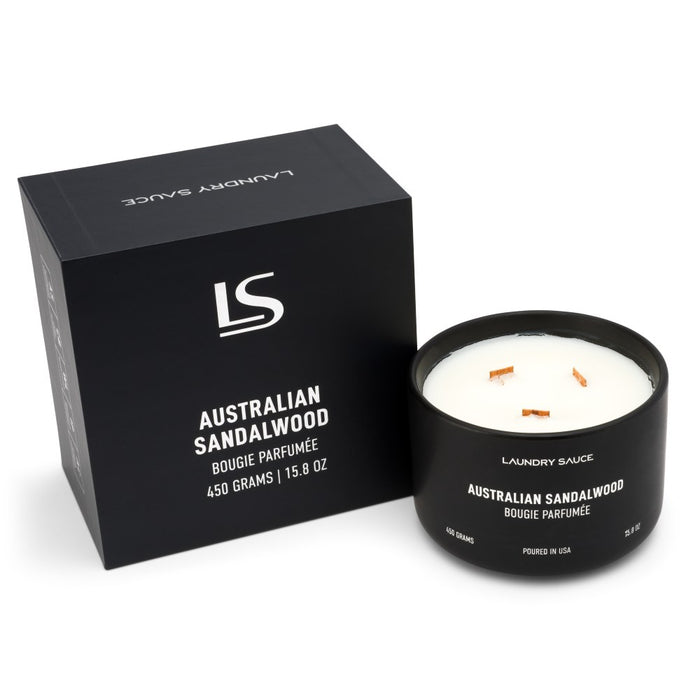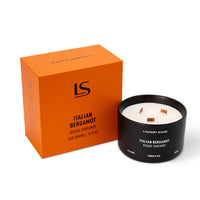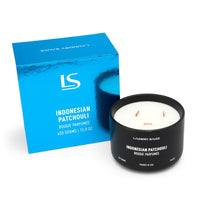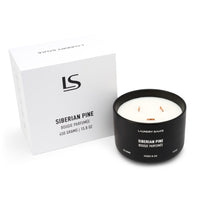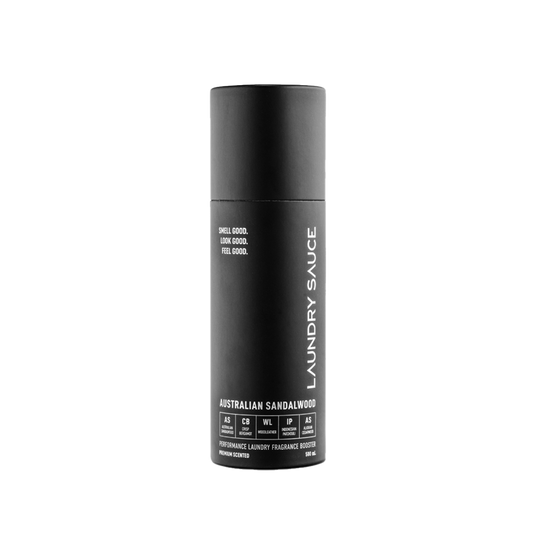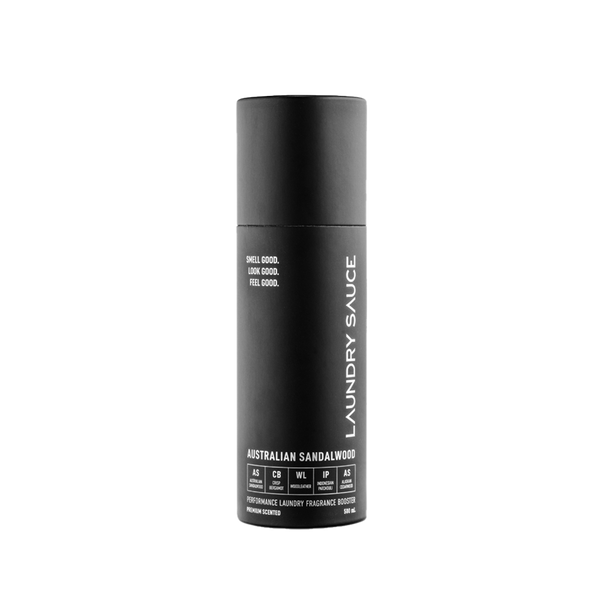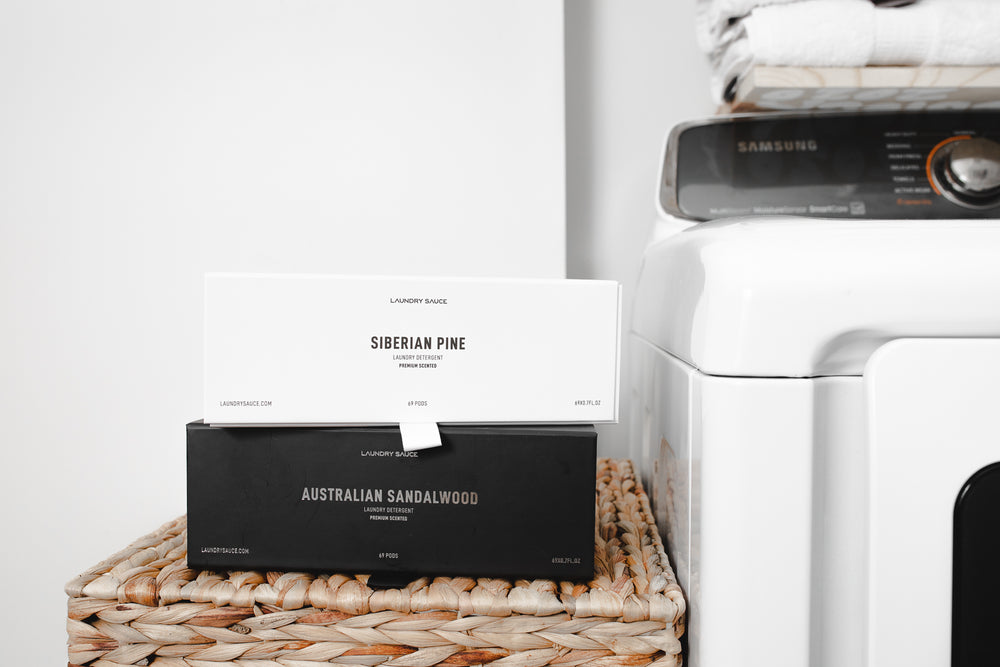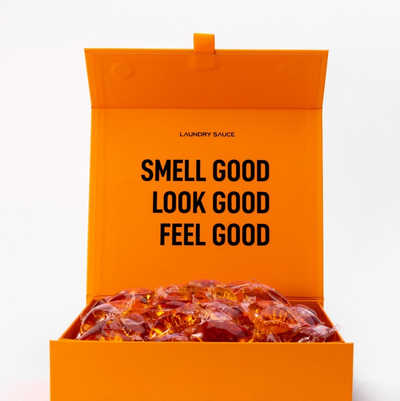You’ve seen it before—that whisper-thin tag sewn into the side seam, marked with symbols that look less like laundry instructions and more like hieroglyphics. Somewhere between the triangle, the iron, and the mysterious bucket of water, your favorite shirt’s fate is sealed.
But here’s the thing: taking care of your clothes doesn’t have to feel like cracking a code. Consider this your definitive guide to what those laundry symbols actually mean—and how to keep every piece in your wardrobe looking sharp, feeling fresh, and smelling irresistible.

Washing Symbols
These symbols tell you whether your garment can go in the washing machine, needs handwashing, or should be kept as far away from water as possible. They also clue you in on how aggressive (or gentle) your washing cycle should be.
Machine Wash![]()
![]()

What it means: The item is safe to wash in a standard washing machine using a normal cycle.
Machine Wash Permanent Press

What it means: The item should be washed using the permanent press cycle, which minimizes wrinkles and reduces agitation.
Machine Wash, Gentle or Delicate

What it means: The item requires a gentle or delicate cycle to avoid damage from excessive spinning or agitation.
Do Not Wash

What it means: The item should not be washed with water and may require dry cleaning or special care.
Hand Wash

What it means: The item is too delicate for machine washing and must be washed gently by hand.
Do Not Wring

What it means: The item should not be twisted or wrung out, as this could stretch or damage the fabric.
Washing Temperature Symbols
These symbols indicate the max temperature your clothing can handle without freaking out. From cold washes to nearly boiling hot cycles, this guide helps you hit the right number without guessing.
Water 30°

What it means: The item should be washed in cold or cool water, around 30°C (86°F), to prevent shrinking or fabric damage.
Water 40°

What it means: The item can be washed in warm water, around 40°C (104°F), which is suitable for most everyday fabrics.
Water 50°

What it means: The item can handle a slightly hotter wash, around 50°C (122°F), for a deeper clean.
Water 60°

What it means: The item can be washed in hot water, around 60°C (140°F), often used for heavily soiled garments.
Water 70°

What it means: The item is safe to wash at very high temperatures, typically 70°C (158°F), for thorough cleaning.
Water 95°

What it means: The item can withstand near-boiling temperatures, up to 95°C (203°F), usually reserved for whites and sanitizing.
Drying Symbols
Drying symbols are your cheat sheet to knowing whether something can go in the dryer — and if so, at what temperature. They’ll also tell you when it’s time to skip the machine altogether and line-dry, flat-dry, or just don’t dry at all.
Tumble Dry
 What it means: The item is safe to dry in a tumble dryer using a normal cycle.
What it means: The item is safe to dry in a tumble dryer using a normal cycle.
Do Not Tumble Dry
What it means: The item should not be placed in a dryer, as it may shrink, melt, or become damaged.
Tumble Dry, Low Heat

What it means: The item can be tumble dried, but only on a low heat setting to prevent damage.
Tumble Dry, Medium Heat

What it means: The item is safe to tumble dry on a medium heat setting.
Tumble Dry, High Heat

What it means: The item can be dried using a high heat setting without damage.
Dry Flat

What it means: The item should be laid flat to dry, helping maintain its shape and avoid stretching.
Bleaching Symbols
Bleach can brighten whites and zap stains — or completely wreck your favorite tee. These symbols will let you know if bleach is safe, and what kind (if any) you can use without causing a fashion disaster.
Bleach
 What it means: Safe to use chlorine bleach when needed.
What it means: Safe to use chlorine bleach when needed.
Non-Chlorine Bleach

What it means: Only use non-chlorine or color-safe bleach — good for bright or delicate fabrics.
Do Not Bleach

What it means: Do not use any type of bleach, as it may damage or discolor the fabric.
Ironing Symbols
Ironing is already a chore, but it gets worse if you don’t follow instructions. These symbols tell you how much heat your clothes can handle—and whether you should skip ironing altogether or just cool it with the steam.
Iron

What it means: You can safely iron this garment using any standard temperature.
Low Temperature
 What it means: Use the lowest heat setting — perfect for synthetics and delicate items.
What it means: Use the lowest heat setting — perfect for synthetics and delicate items.
Medium Temperature
 What it means: Use a moderate heat setting — ideal for blends and standard fabrics.
What it means: Use a moderate heat setting — ideal for blends and standard fabrics.
High Temperature
 What it means: Use high heat — best for cotton, linen, and wrinkle-prone materials.
What it means: Use high heat — best for cotton, linen, and wrinkle-prone materials.
Do Not Iron
 What it means: Do not iron this fabric — it may melt, warp, or get damaged.
What it means: Do not iron this fabric — it may melt, warp, or get damaged.
No Steam

What it means: You can iron the garment, but do not use the steam setting.
Dry Cleaning Symbols
Some clothes just weren’t built for your washer or dryer. These symbols guide you on whether to take it to the professionals, and if so, which solvents or cleaning methods are safe. (Yes, even dry cleaning has rules.)
Dry Clean

What it means: The garment is safe to be professionally dry cleaned.
A (Any Solvent)

What it means: Dry cleaning can be done with any solvent — the most flexible option.
P (Any Solvent Except Tetrachloroethylene)

What it means: Use standard dry cleaning solvents, but avoid tetrachloroethylene.
F (Petroleum solvent only)
 What it means: Must be cleaned using petroleum-based solvents only.
What it means: Must be cleaned using petroleum-based solvents only.
W (Professional Wet cleaning)
 What it means: Garment can be professionally wet cleaned using water-based systems.
What it means: Garment can be professionally wet cleaned using water-based systems.
Do Not Dry Clean
 What it means: Avoid dry cleaning — it may ruin the item.
What it means: Avoid dry cleaning — it may ruin the item.
Your Clothes Gave You Homework. It's Time You Understood the Assignment.
Laundry symbols aren’t there to confuse you—they’re your clothes’ way of asking for a little respect. And now that you speak their language, you can wash, dry, and press like a pro without second-guessing the spin cycle.
Whatever your care label calls for, Laundry Sauce has you covered. From the world’s best-smelling laundry detergent and dryer sheets to luxe fabric softeners and scent boosters, we’ve infused every step of your laundry routine with sophisticated fragrance and top-shelf performance—because clean should never mean boring.
